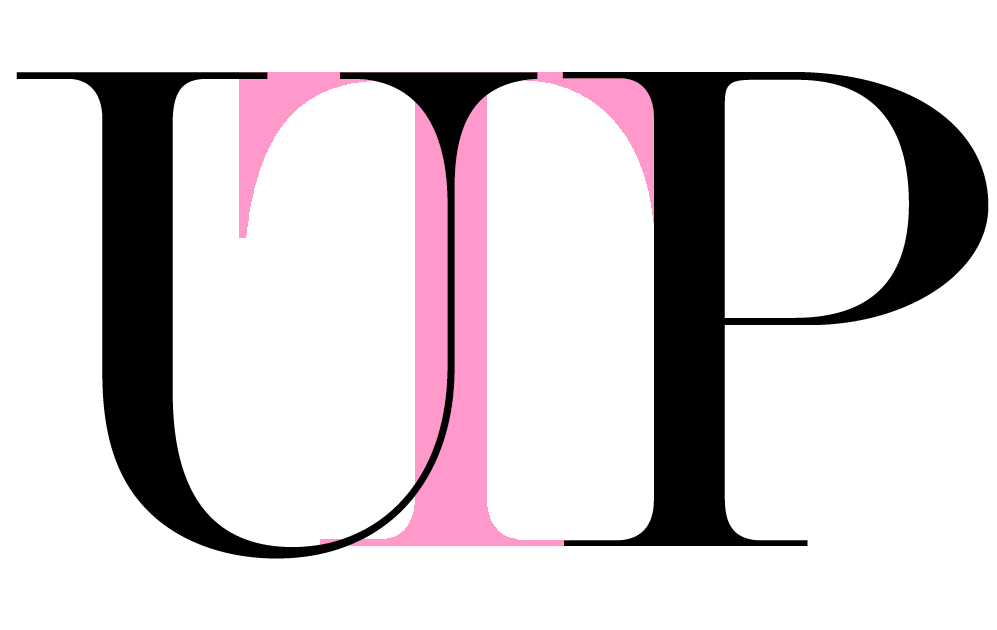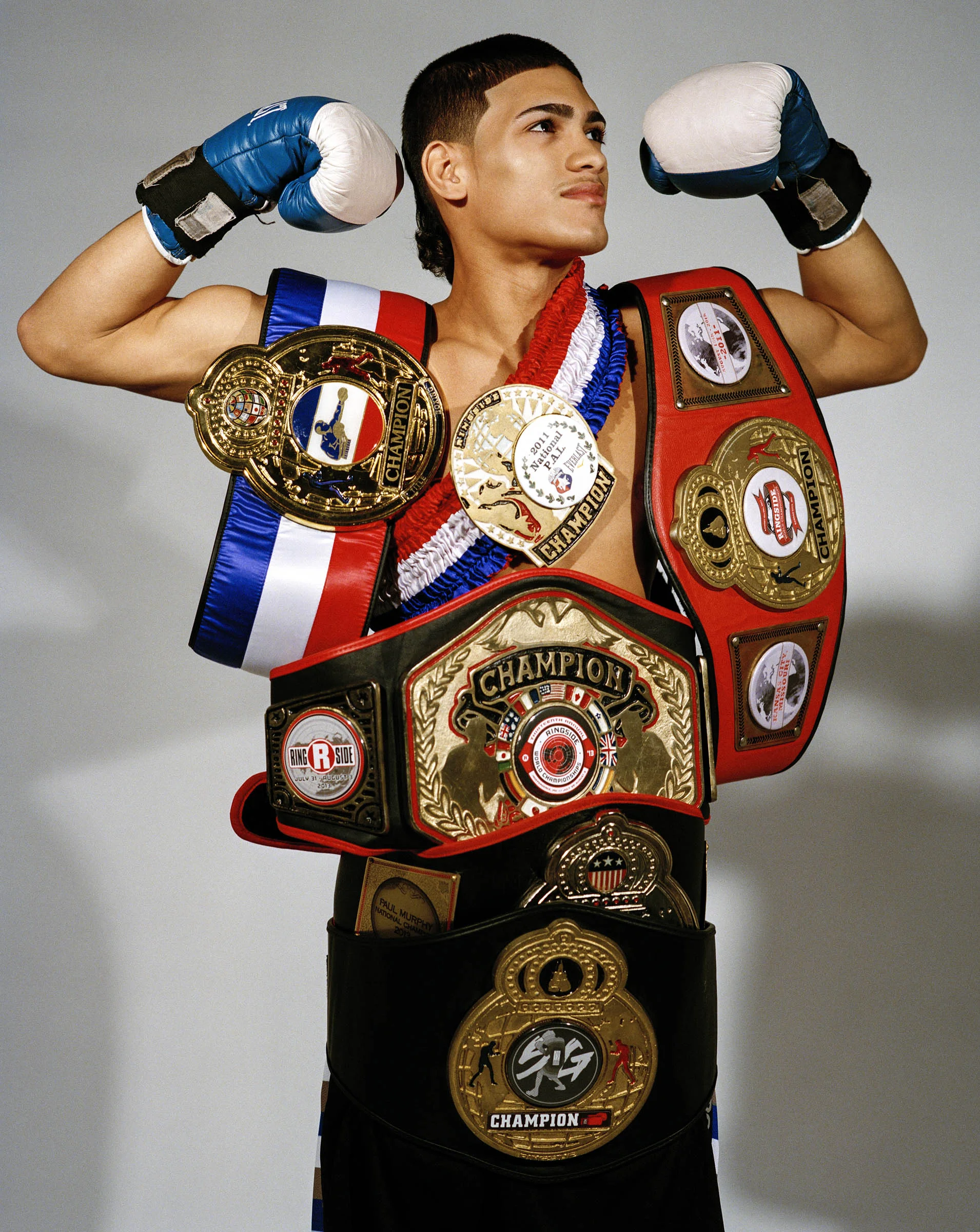Daniel Turner
Daniel Turner’s art stages minimalism’s economy of form as an assemblage of the industrial and pastoral, the drudgery of labor and comfort of domesticity. In a post-Fordist manner, Turner raises the specter of the assembly line’s unrelenting and efficient movement toward perfection, a process that cannibalizes labor by obscuring the human and artist hand alike. Turner’s perfected, yet besmirched countertops and basins, his bonelike refrigerator door handles and sooty burnishes both erase human activity and stand as utilitarian carapaces. To me, they are timeless repositories of consumer aspirations and industrial detritus. Turner, using found materials or transmuting chemurgical substances at hand or on-site, is conditioned by space - whether the sleek white-cube Team, his New York gallery or the desertscape of Marfa, TX where this fall he will be an artist-in-residence at The Chinati Foundation.
Wayne: I’d like to begin with form and then move into a discussion of industrial production and its relation to human activity. Your exhibition at Team this spring featured a suite of basins encased in maple and (MDF). The sculptures undoubtedly have a relatively monumental size and rigid structure in relation to the gallery space. Would you say that your primary visual vocabulary is minimalist?
Daniel: Yes.
What is your preferred method of production and do you reference personal narratives or explore common philosophical threads?
I prefer working with as little material/vocabulary as possible and use only what is absolutely necessary.
Elements like sinks and faucets that you’ve repurposed allude to domestic space. By their incorporation, are you exploring applied design and providing a comment on consumerism in which products, even fine art, can be acquired, customized and modulated to-order?
Actually, the show at Team Gallery which you are referring to, titled PM, had no sinks or faucets in the trough like basins. Everything was stripped down to elude a domestic experience, thus alluding to something more aligned with an industrial approach. Several years ago I maintained a kitchen off of Wall Street in New York City as a studio space. It was there when I became acquainted distinctively with materials that equated to applied design, particularly in which the body navigated architecture in a work space.
“I prefer working with as little material/vocabulary as possible and use only what is absolutely necessary.”
In addition to referencing industrial production directly, you also include oblique traces of human activity. In the basin sculptures in PM, for example, seawater you’ve taken from the Newtown Creek evaporates and oxidizes leaving a residue, a sort of toxic lineage. Similarly, in Untitled, you’ve burnished a wall leaving a smoky trace of a completed, but ephemeral production. What are you’re thoughts on human action and mechanized production, fixed or erasable?
I’m interested in two parallel themes. One being a general consideration of presence/absence and another being a critique of applied design, i.e.: production. For the past century home economists and industrial engineers have cross-pollinated, coming up with concepts such as the work triangle, theories on the way the body functions in domestic environments, and Taylorism, the theory of management that analyzed and synthesized workflows. This type of investigation led me to ephemeral traces that were undoubtedly left by humans and their interaction with space, time and material.
Chemicals break down material and form new compounds. These chemical ruptures in material are analogous to a breakdown of social bonds in Fordist methods of production. I am thinking about the assembly line as a particular example of social breakage, one that erases the need for human activity in light of technological replacement. There, mechanized production leads to faint traces of human presence and the speed of the line makes it difficult for the viewer to isolate or notice how the process evolves over time. Is an acknowledgment of time important to understanding differences between inert and ephemeral objects?
Time in fact does play a key role. Generally speaking, many of my sculptures continue to evolve over time. The bays that we are discussing will continue to erode even after the exhibition closes, nothing is fixed.
When there is an absence or occlusion of human activity in artistic production, there is the suggestion that the artist’s hand is also absent. Is this removal a part of the final work?
I believe it’s a melding process of the removal of the figure and simultaneously removing the hand in the production process. The works are neither static nor stable, as the objects could be sourced from an external environment that suggests a commercial implication and not one of purely aesthetic decision making.
Is the final form of one of your installations or sculptures a direct intervention of artistic manipulation, or do you prefer to see the change as chemurgical, a combination of technological and agricultural changes?
It varies from work to work, and I tend to think of such as an abstract mending of the two. With the trough pieces in particular, I have to know exactly what I’m after from the beginning as the production cost and time is at a high volume. Other pieces, such as the steel/bronze wool works or iron oxide pours are site specific and dependent on the architecture of a given space.
You grew up in rural Virginia where you produced paintings and sculptures from found objects or materials at hand. Having that space and environment to work in seems full circle in relation to your residency at the Chinati Foundation.
I’ve been working in New York City for the past few years and it has undeniably informed my work. I believe it’s time again to work outdoors in vast open space.
Thinking further about Chinati and Donald Judd in particular and minimalism in general, is there a connection between your process and Judd’s? Are you going to work against that history, or philosophy, or incorporate either into your future projects? Can a reliance on Judd’s philosophies hold a key to understanding your own?
I have little to no interest to work against Judd or his philosophy. I’m grateful to have had him make the leaps he did, which by all means has surely informed a key understanding of my own.
Photography & Video: Kathy Lo
Stylist: Romina Herrera Malatesta
Groomer: Mark Edio Using Kiehl’s
Stylist Assistants: Carolyn Brennan & Emma Nolan
Producer: Chelsea Maloney












